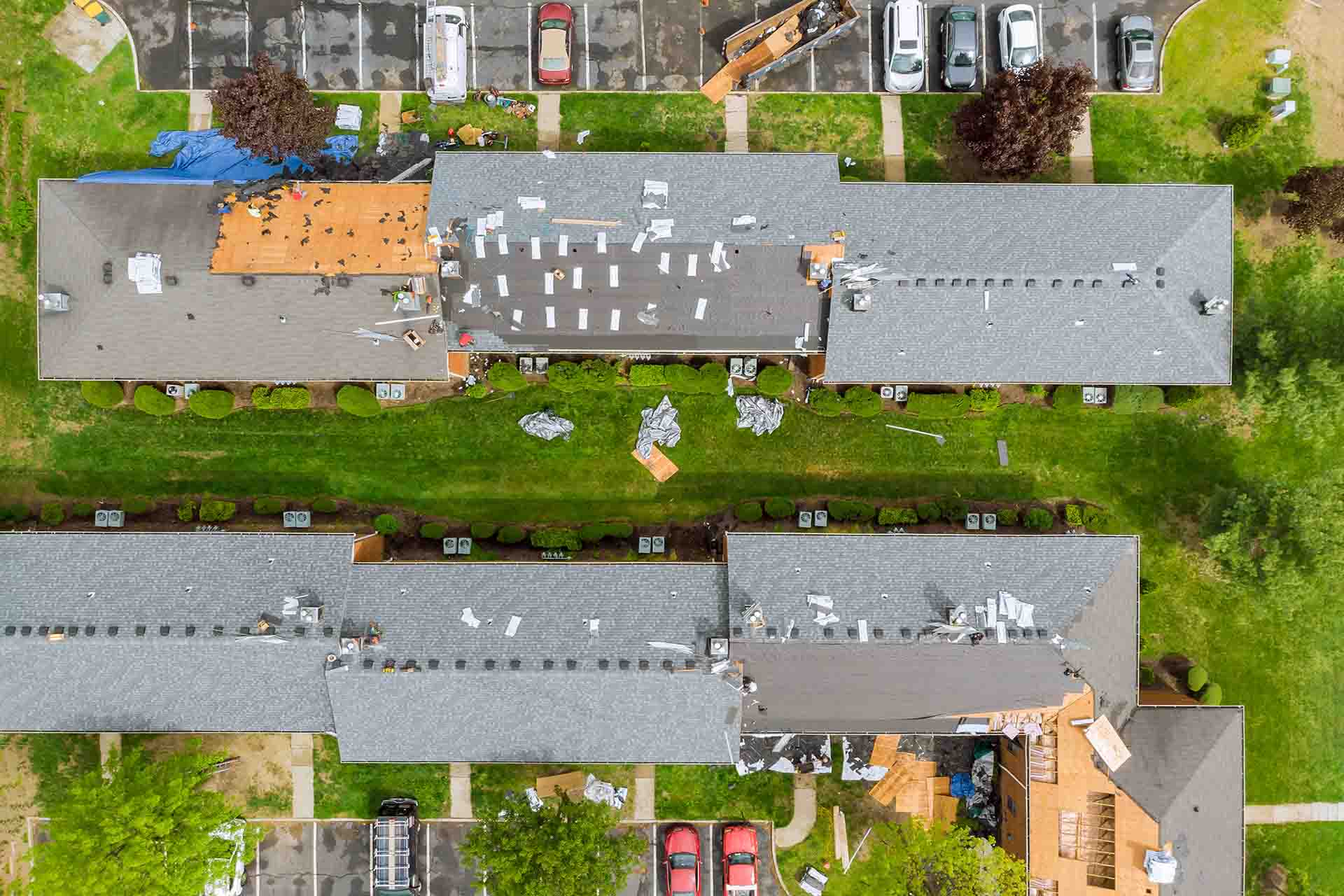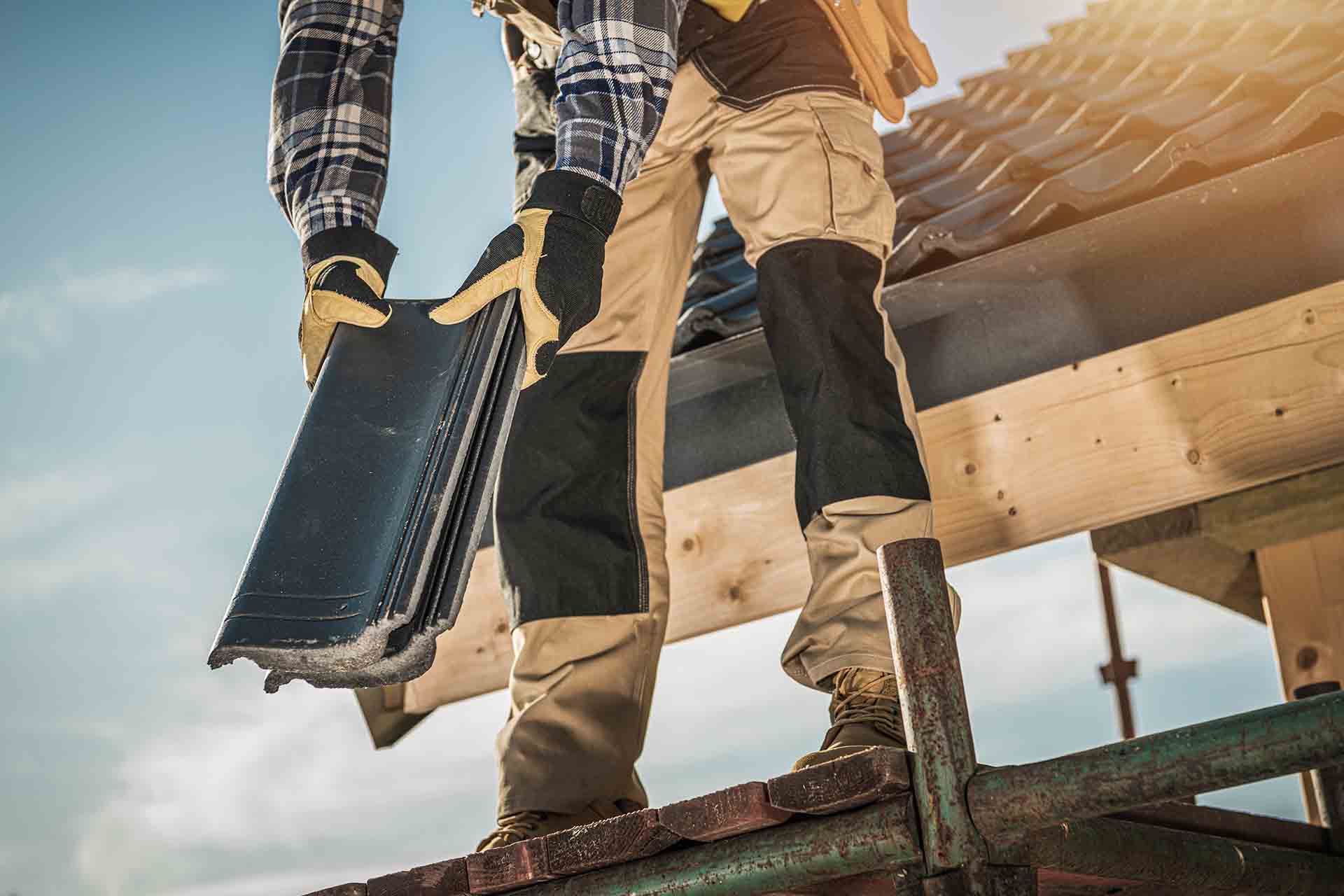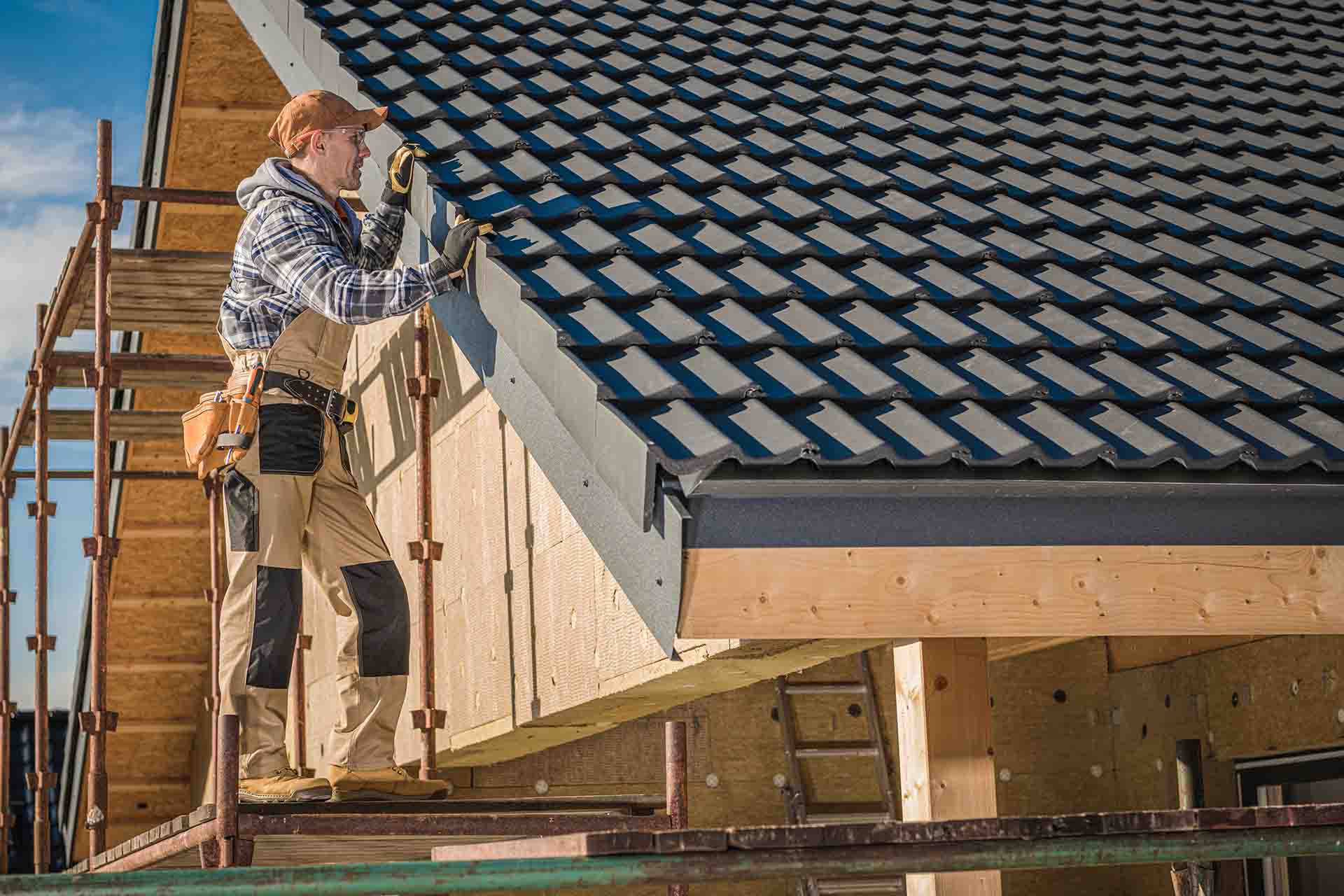There are several situations that may call for a residential roofing replacement, each with different causes that can lead to different levels of damage. If your roof is getting up there in age, let’s say between 20 to 25 years, which is the expected lifespan of most roofing systems, it is more susceptible to suffer damage that will require it to be replaced. If you spot signs of damage, excessive wear and tear or notice any water coming in from your roof, it is probably time to start planning for a roof replacement.
Before you sign on the dotted line with a contractor to have your roof replaced, there are several things you should consider, below we outline 5 of these items.



